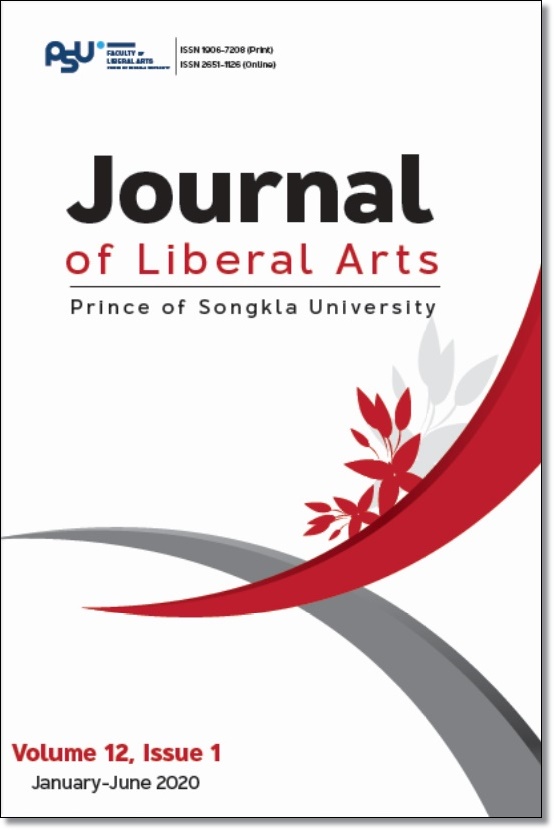Shuttle Bus Management by Social Media: A Case Study of Factory Workers in Hi Tech Industrial Estate, Ayutthaya Province
Keywords:
human resources department, management, smart communication, smart transportation, social mediaAbstract
The purpose of this research was to find the form of communication via social media technology on smartphones by trialling an application program "Where ever" to find the relationship between employees’ transportation in industrial estate and their information perception via social media in order to increase the efficiency of the shuttle bus service provided by the factory. in enabling the employees to track and predict the shuttle bus arrival time.
The result of the trial on a sample of 360 employees who regularly use the shuttle bus service, according to Taro Yamane's theory, showed that the following hypotheses were accepted: The employees are able to use and access social media via smartphones for assistance and facilitation in the modern shuttle bus service; and they can use the developed communication patterns on smartphones to get convenient and safe shuttle bus service for transport to work.
References
Android Developers. (2018). Build for Android. https://developer.android.com
Dewing, M. (2012). Social media: An introduction. Library of Parliament.
Itika Josephat Stephen. (2011). Fundamentals of human resource management: Emerging experiences from Africa. https://openaccess.leidenuniv. nl/handle/1887/22381
Khongmanee, P., Pongsuwan, W., & Tanawastien, S. (2018). Smart bus drivers: Fleet management for smart workers. International Journal of Management, Business, and Economics, 5(1), 119-128.
MIT App Inventor. (n.d.). App Inventor 2.http://appinventor.mit.edu/explore/tutorial-version/app-inventor-2.html
Mohol, S., Pavanikar, A., & Dhage, G. (2014). GPS vehicle tracking system. International Journal of Emerging Engineering Research and Technology, 2(7), 71-75.
Schweiger, C. L. (2011). Traveling in real time: Mobility management and you. https://structurecms-staging-psyclone.netdnassl.com/client_assets/americanopportunity_com/media/attachments/5923/35ff/6970/2d01/62d0/0200/592335ff69702d0162d00200.pdf?1495479807
Wichitboonyarak, P. (2011). Social media: Future media. Journal of Management, 31(4), 99-103. [in Thai]
Wilson, N. H. M., Sussman, J. M., Wang, H. K., & Higonnet, B .T. (1971). Scheduling algorithms for a dial-a-ride System. Technical Report USL TR-70-13. Cambridge: M.I.T, Urban Systems Laboratory.
Downloads
Published
How to Cite
Issue
Section
License
The authors retain the copyright to their article but the Journal of Liberal Arts, Prince of Songkla University reserves the exclusive rights to first publication.






